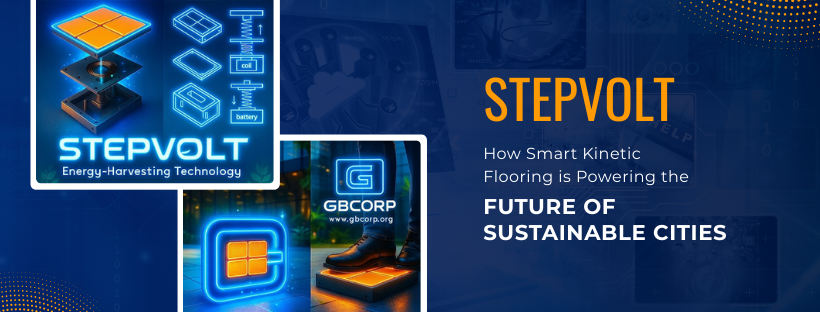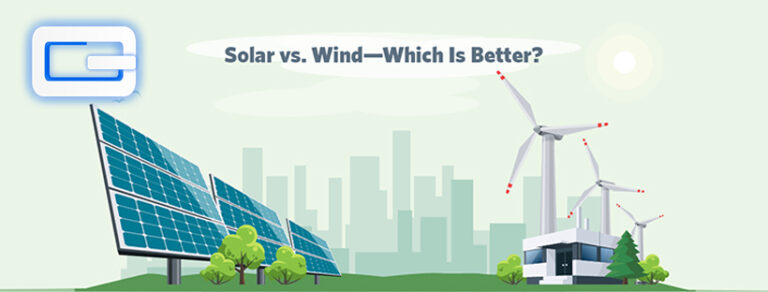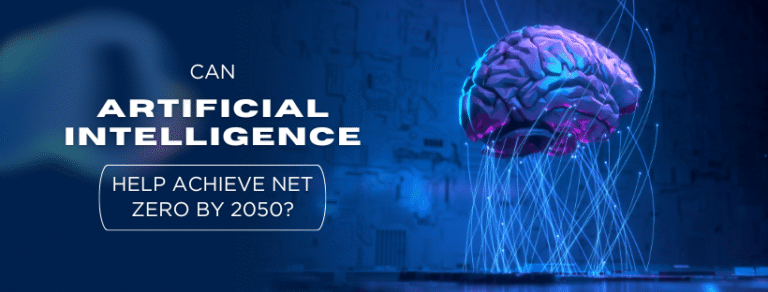In a world racing towards sustainability, cities are searching for innovative ways to generate clean energy without consuming more natural resources. One such groundbreaking solution is StepVolt, developed by GBCORP. StepVolt is a smart modular flooring system that converts human footsteps into usable electricity, turning everyday movement into a source of renewable power.
How StepVolt Works
StepVolt is more than just a floor. Each 500mm x 500mm block is designed to capture the kinetic energy generated when people walk on it. Inside each block, a mechanical assembly with springs and levers transfers the force to piezoelectric elements or electromagnetic coils, which then convert the movement into electricity.
The generated power is stored in supercapacitors or rechargeable lithium-ion batteries, ready to be used for lighting, display panels, WiFi routers, or sensors. A built-in microcontroller manages the energy flow, while the IoT module enables remote monitoring, predictive maintenance, and real-time data analytics.
Built for High-Traffic Areas
StepVolt thrives where people are constantly on the move. High-footfall zones such as metro stations, shopping malls, airports, school corridors, and smart city walkways are ideal locations for installation.
For example, in a metro station, thousands of daily commuters could generate enough energy to power LED signboards or charge public mobile stations. In schools, StepVolt can double as an educational tool—students can track the energy they produce, encouraging awareness about renewable energy.
The Power of Every Step
Each StepVolt block can produce an average of 4–6 watts per step, with a voltage output between 5–12V DC. To put it into perspective, just 1,000 steps can:
- Power 50 LED lights for one hour
- Charge 20 mobile phones
- Run a WiFi router for three hours
Over time, these small contributions add up, making a significant impact on urban energy consumption.
Sustainability at the Core
StepVolt is designed with recycled and recyclable materials, making it eco-friendly from the ground up. By generating clean, off-grid power, it reduces carbon emissions and dependency on traditional energy sources.
Moreover, it promotes energy consciousness among the public, especially younger generations, by showing them firsthand how movement can be turned into electricity.
Smart City Integration
StepVolt isn’t just about generating power; it’s also about data. Its IoT-enabled dashboard offers real-time tracking of energy generation and even allows for predictive maintenance. Cities and planners can use traffic analytics from StepVolt to design better urban spaces.
With customizable branding, StepVolt also opens opportunities for CSR sponsorships, where corporations can support green initiatives while gaining visibility.
The Road Ahead
GBCORP’s implementation plan starts with R&D and prototyping, followed by pilot installations in metro stations and schools. As the project scales, StepVolt will integrate into smart city infrastructures, contributing to greener, more efficient urban environments.
In short, StepVolt turns footsteps into power—literally. By blending innovative engineering, IoT technology, and sustainability, it’s paving the way (quite literally) for the cities of the future.




